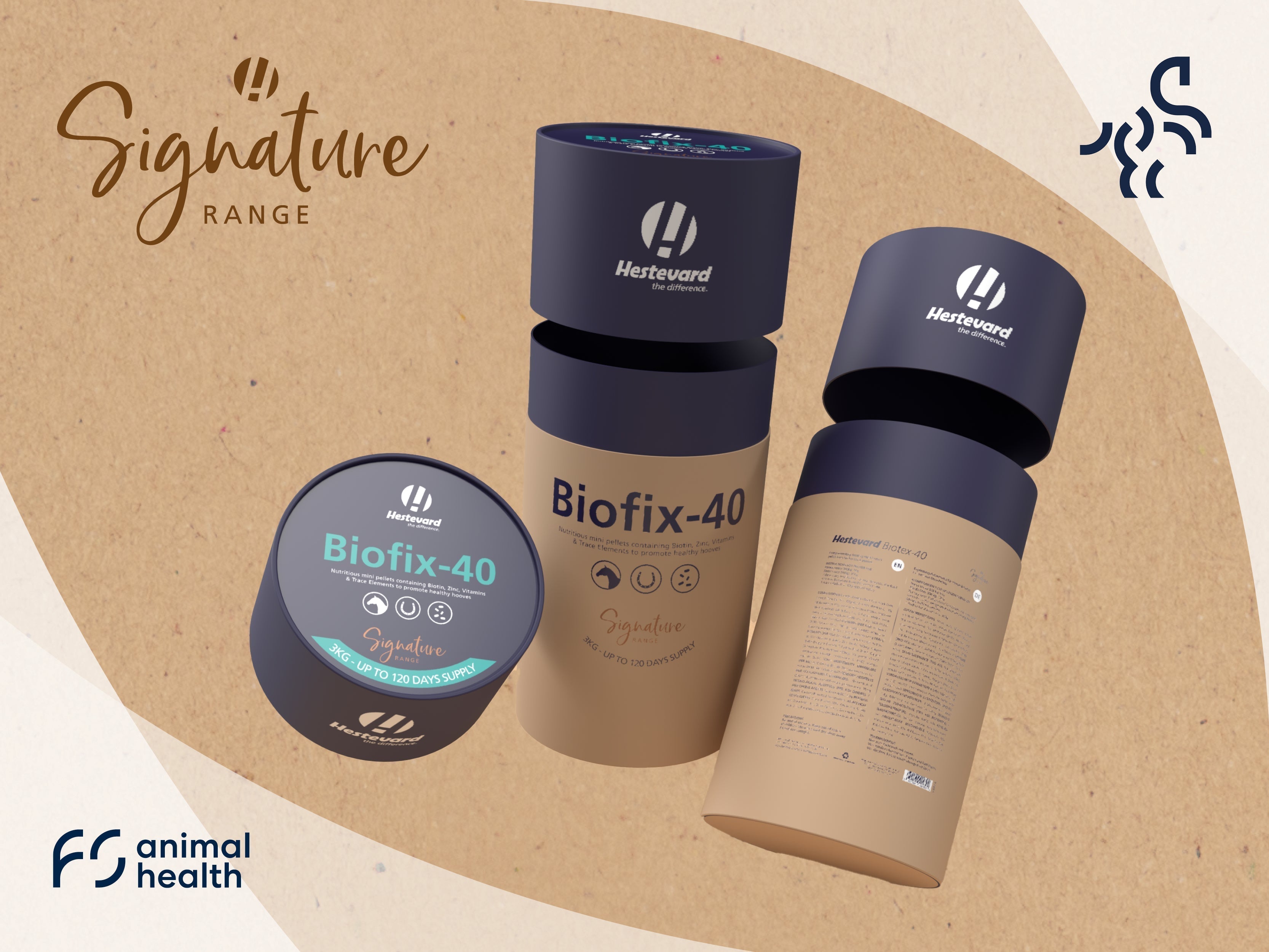Clean Hay Means Healthier Horses
That’s Healthy Horse Sense
Forage is the Basis of Horse Feeding
A key component of every horse's feed ration is crude fiber. Grass and preserved forage such as hay and haylage are the most important suppliers of crude fiber in daily horse feeding and serve to keep the horse physically and mentally healthy and the digestive system functional.
Horse Feed and Respiratory Diseases
Even hay of good quality contains respirable particles, mold, and bacteria.
When hay is baled too damp, it creates ideal conditions for mold growth, further exacerbating the problem and worsening its hygienic quality. The mold produces spores that contribute to the formation of respirable dust. This dust triggers allergies in horses and is extremely harmful to the health of their respiratory system.
Unlike humans, horses can only breathe through their nostrils. Thus, with every breath, particles and hay dust are transported into the horse’s airways and lungs. This dust also harms humans, aggravating conditions such as asthma and hay fever; when inhaled in large amounts, it can even lead to “farmer’s lung.”
Thorough examinations often reveal that many horses, which appear healthy, actually have respiratory problems that impair their quality of life and performance. This is due to allergens present in hay, such as mold spores, which cause respiratory diseases such as IAD and RAO ("heaves"), also known as COPD.
-
More Than Every Sixth Horse Has a Performance-Impeding Respiratory Disease
- An incredible 80% of horses that spend part of the day in a stable suffer from airway inflammation.
- Respiratory diseases are the second most common cause of lost training days.
- Respiratory problems are found in one in four people who work with horses.
Why Steam Hay?
Traditional methods of cleaning hay, such as soaking, have been scientifically proven to actually increase the microbial count in feed by more than 150% within less than 10 minutes. Steaming hay and haylage is the only scientifically tested method for sanitizing forage. Hay steaming improves the hygienic quality of forage—the risk of respirable dust, mold spores, and pathogens is reduced, and highly palatable, nutritious feed is produced.
In scientific experiments, hay steamers have been shown to effectively eliminate harmful mold and fungal spores, bacteria, and house dust mites. Each hay steamer directs the steam evenly through the hay, so that the entire forage is steam-treated. Spores and bacteria are killed by the moist heat of the steam and the high temperatures reached during treatment.
Hay Steamers Have Been Proven to:
- Reduce symptoms in horses suffering from asthma forms such as heaves (RAO).
- Improve the palatability of forage.
- Eliminate fine dust particles.
- Kill mold, fungal spores, bacteria, and mites.
- Retain the nutritional value of hay.
- Extend the shelf life of haylage.
- Be suitable for horses prone to laminitis, colic, and postoperative conditions.
Easy to Use – Fill with Water, Add Hay, Steam, Remove
- Fill the steam generator with clean tap water.
- Place the bale/hay net/loose hay in the hay container.
- Close the lid of the hay container and turn on the device.
- Let the device run for 60 minutes and check that the thermometer on the lid reads 80°C or more.
- Turn off the device. Remove the hay and feed it immediately or within 24 hours.
The Irish Equine Centre tested hay steaming on hay contaminated with Aspergillus, the most significant pathogenic fungus found in hay, and confirmed the effectiveness of steaming in eliminating the mold. In a study conducted at the Kentucky Equine Research Centre, it was shown that the number of chewing strokes increased with steam-treated hay. This leads to higher saliva production and thus to a buffering effect that protects the stomach from too much acid.



